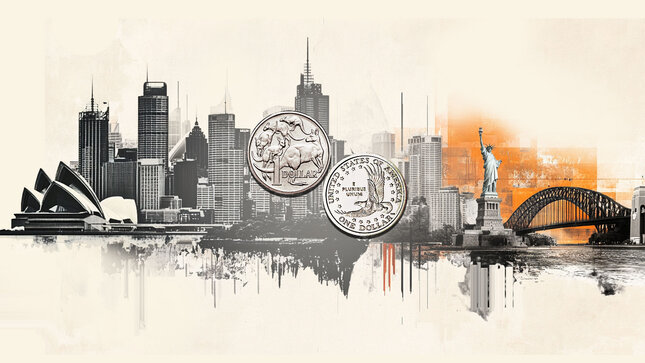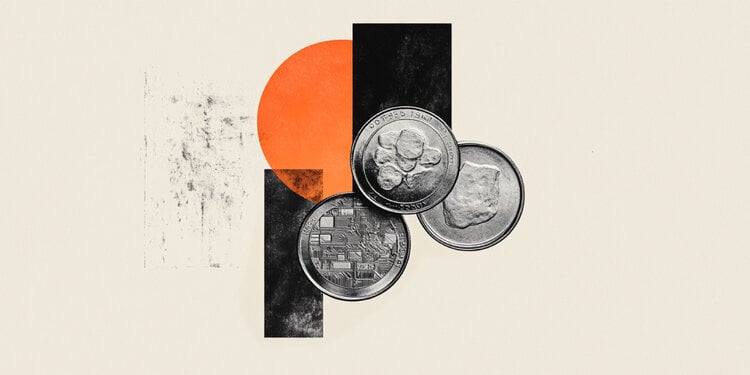AUD/USD slides as USD strengthens on trade truce, Fed stance

AUD/USD weakens on Thursday to around 0.6550 at the time of writing, down 0.40% for the day. The pair is weighed down by a rebound in the US Dollar (USD) following a positive meeting on Thursday between US President Donald Trump and Chinese President Xi Jinping on the sidelines of the Asia-Pacific Economic Cooperation (APEC) summit in South Korea.
The two leaders agreed to a one-year trade truce that includes reducing US tariffs on Chinese imports from 57% to 47%, as well as China’s commitment to resume US soybean purchases and allow the free export of rare earths to the United States (US). This diplomatic breakthrough has eased fears of prolonged trade tensions, boosting confidence in the Greenback.
At the same time, the Federal Reserve (Fed) lowered its benchmark rate by 25 basis points to a range of 3.75%-4.00% and announced that Quantitative Tightening (QT) will end on December 1. However, remarks by Fed Chair Jerome Powell were interpreted as more hawkish than expected. Powell emphasized that another rate cut in December is “far from a foregone conclusion”, citing persistent tensions between tackling inflation and supporting employment. These comments lifted US Treasury yields and underpinned the US Dollar.
On the domestic front, expectations for further easing by the Reserve Bank of Australia (RBA) have diminished, providing some support to the Australian Dollar (AUD). The Consumer Price Index (CPI) data released on Wednesday showed that prices rose by 1.3% QoQ in the third quarter, above forecasts of 1.1%, reducing speculation of another rate cut. Markets now expect the RBA to keep its policy unchanged for the rest of the year as it assesses the persistence of inflationary pressures.
Looking ahead, investors will focus on Australia’s third-quarter Producer Price Index (PPI) data due Friday, as well as China’s National Bureau of Statistics (NBS) Manufacturing and Non-Manufacturing Purchasing Managers Indexes (PMI) for October. These releases could influence the trajectory of the Australian Dollar, given Australia’s strong trade exposure to China.
Australian Dollar Price Today
The table below shows the percentage change of Australian Dollar (AUD) against listed major currencies today. Australian Dollar was the strongest against the Japanese Yen.
| USD | EUR | GBP | JPY | CAD | AUD | NZD | CHF | |
|---|---|---|---|---|---|---|---|---|
| USD | 0.22% | 0.24% | 0.97% | 0.28% | 0.28% | 0.38% | 0.21% | |
| EUR | -0.22% | 0.02% | 0.75% | 0.06% | 0.05% | 0.16% | -0.00% | |
| GBP | -0.24% | -0.02% | 0.73% | 0.03% | 0.03% | 0.13% | -0.02% | |
| JPY | -0.97% | -0.75% | -0.73% | -0.69% | -0.69% | -0.62% | -0.78% | |
| CAD | -0.28% | -0.06% | -0.03% | 0.69% | 0.01% | 0.09% | -0.07% | |
| AUD | -0.28% | -0.05% | -0.03% | 0.69% | -0.01% | 0.10% | -0.09% | |
| NZD | -0.38% | -0.16% | -0.13% | 0.62% | -0.09% | -0.10% | -0.14% | |
| CHF | -0.21% | 0.00% | 0.02% | 0.78% | 0.07% | 0.09% | 0.14% |
The heat map shows percentage changes of major currencies against each other. The base currency is picked from the left column, while the quote currency is picked from the top row. For example, if you pick the Australian Dollar from the left column and move along the horizontal line to the US Dollar, the percentage change displayed in the box will represent AUD (base)/USD (quote).





